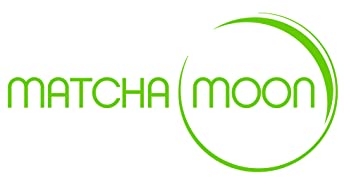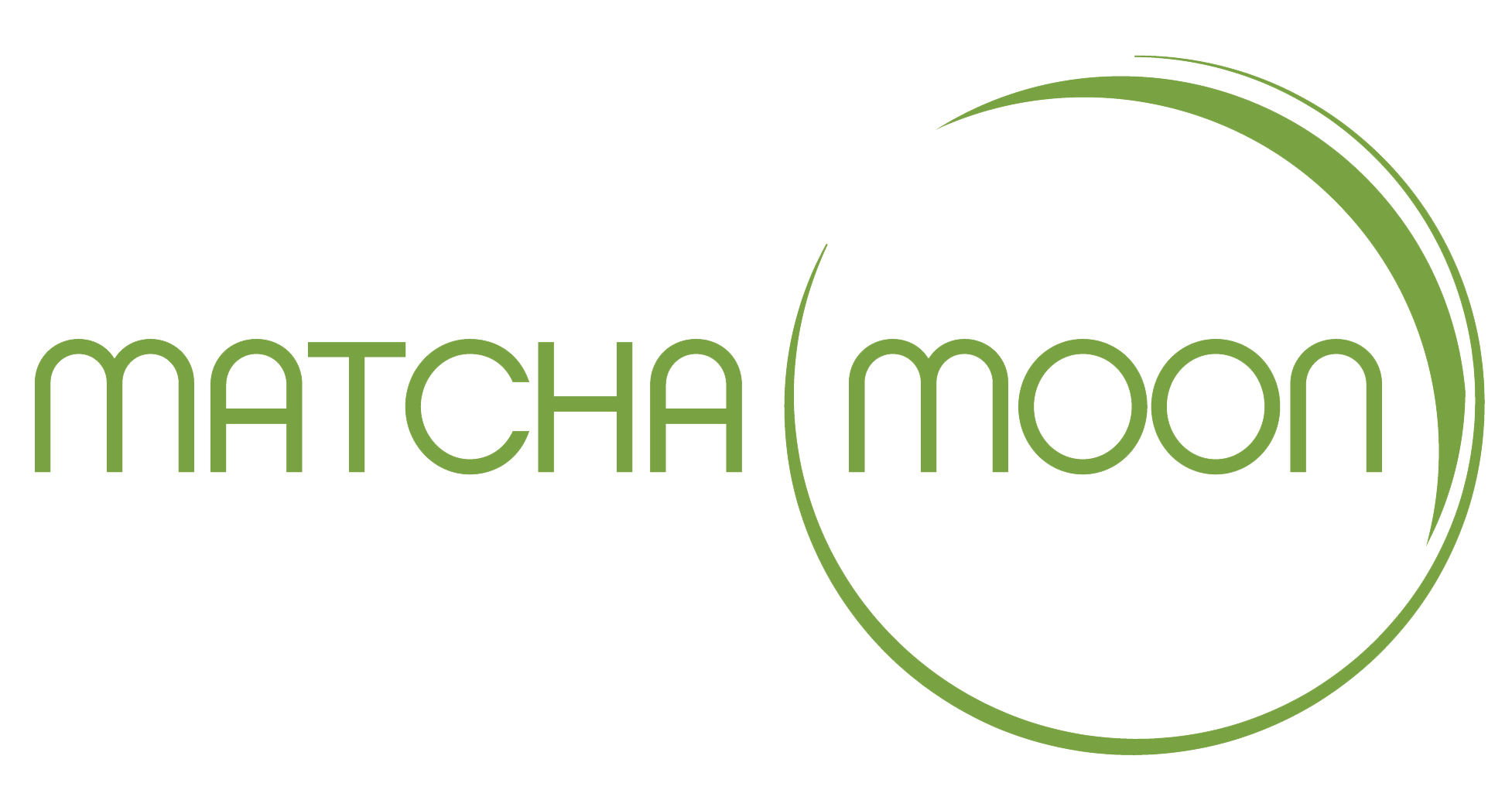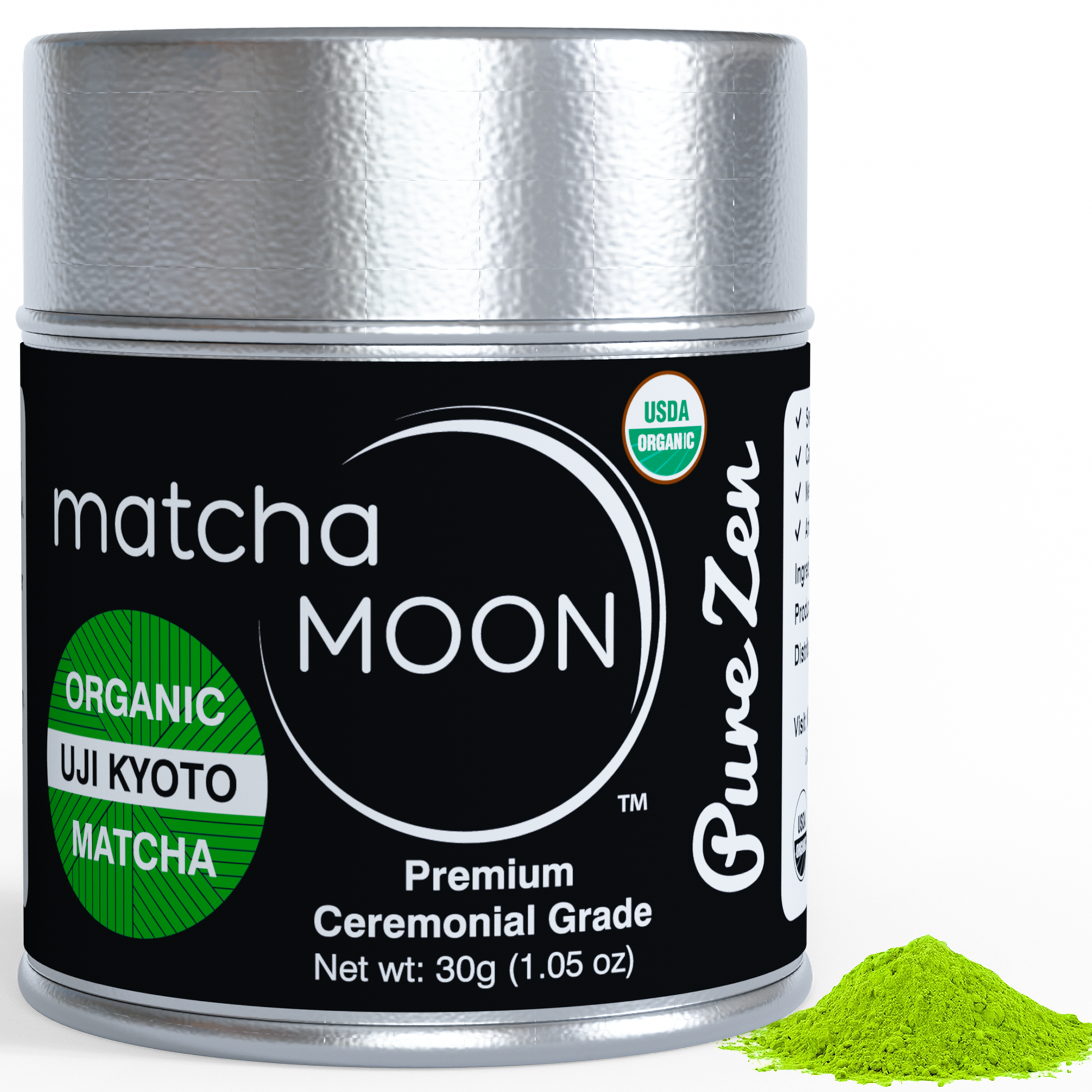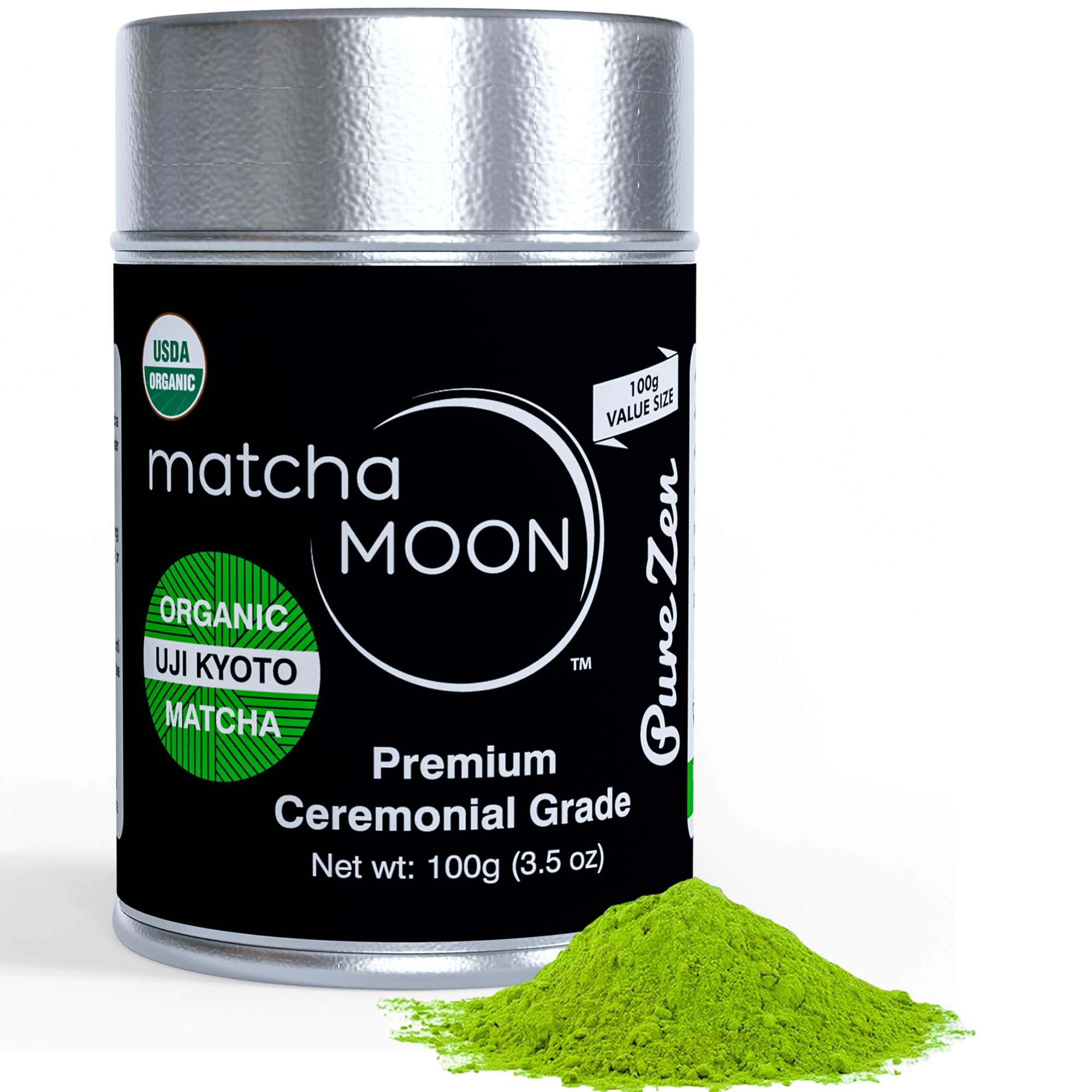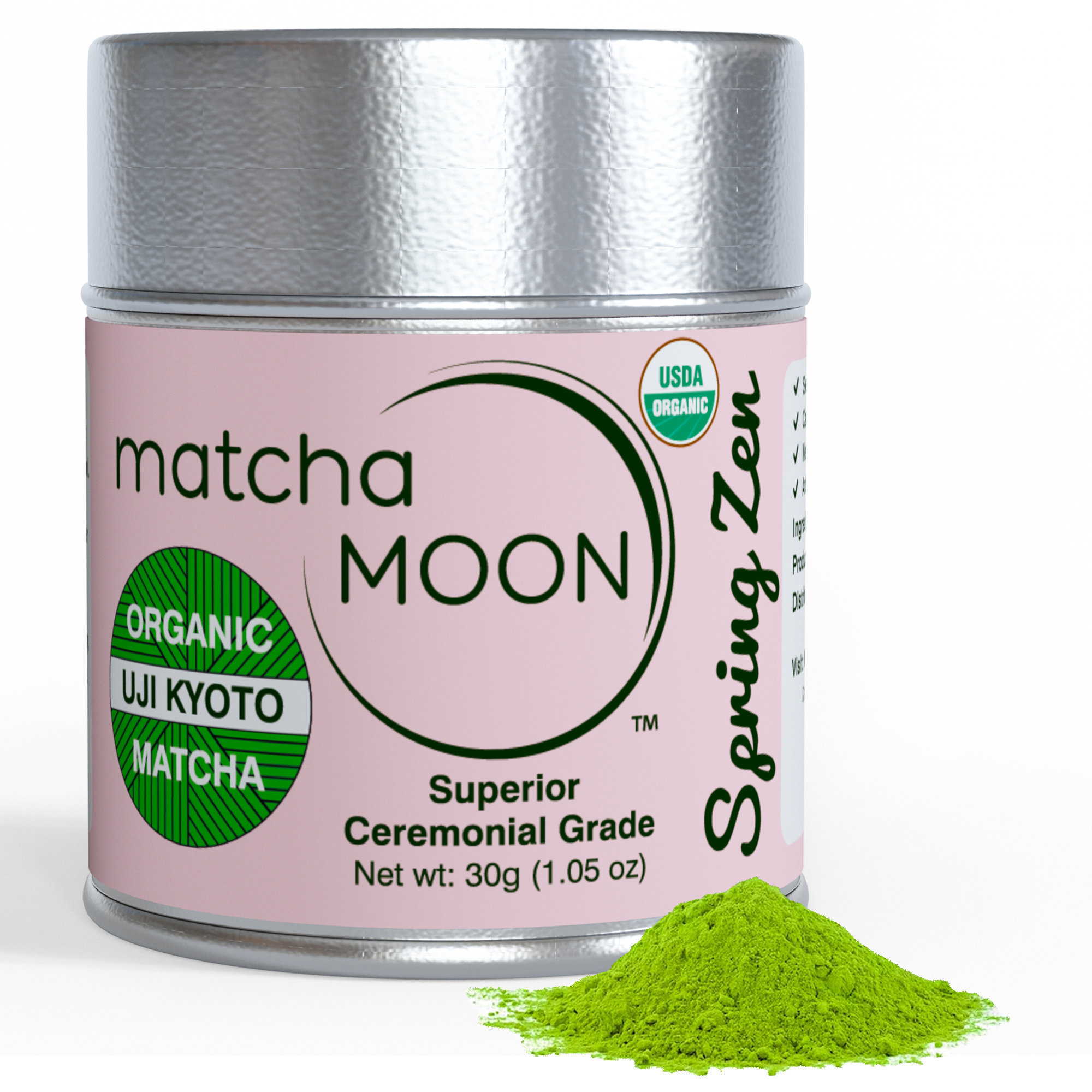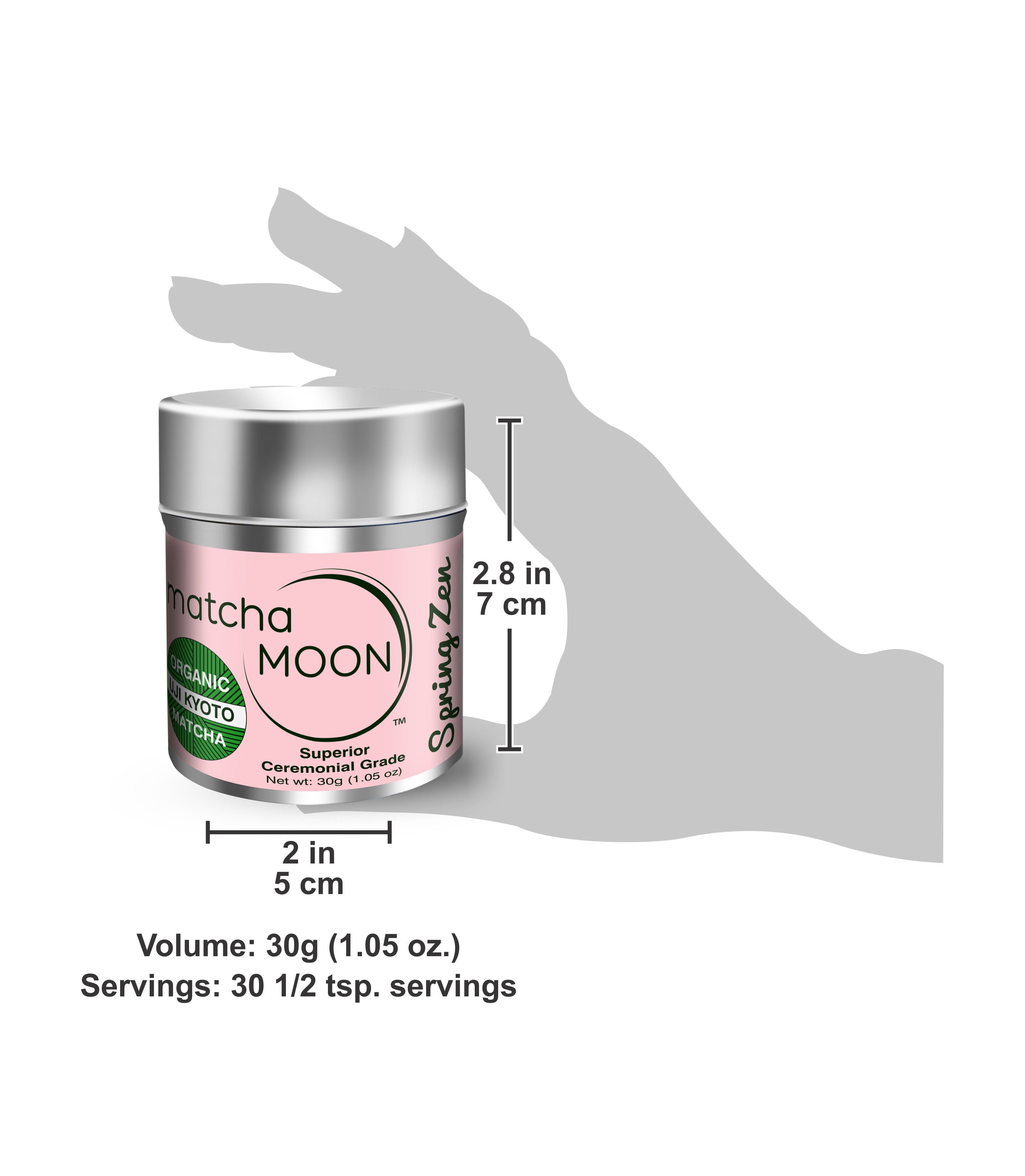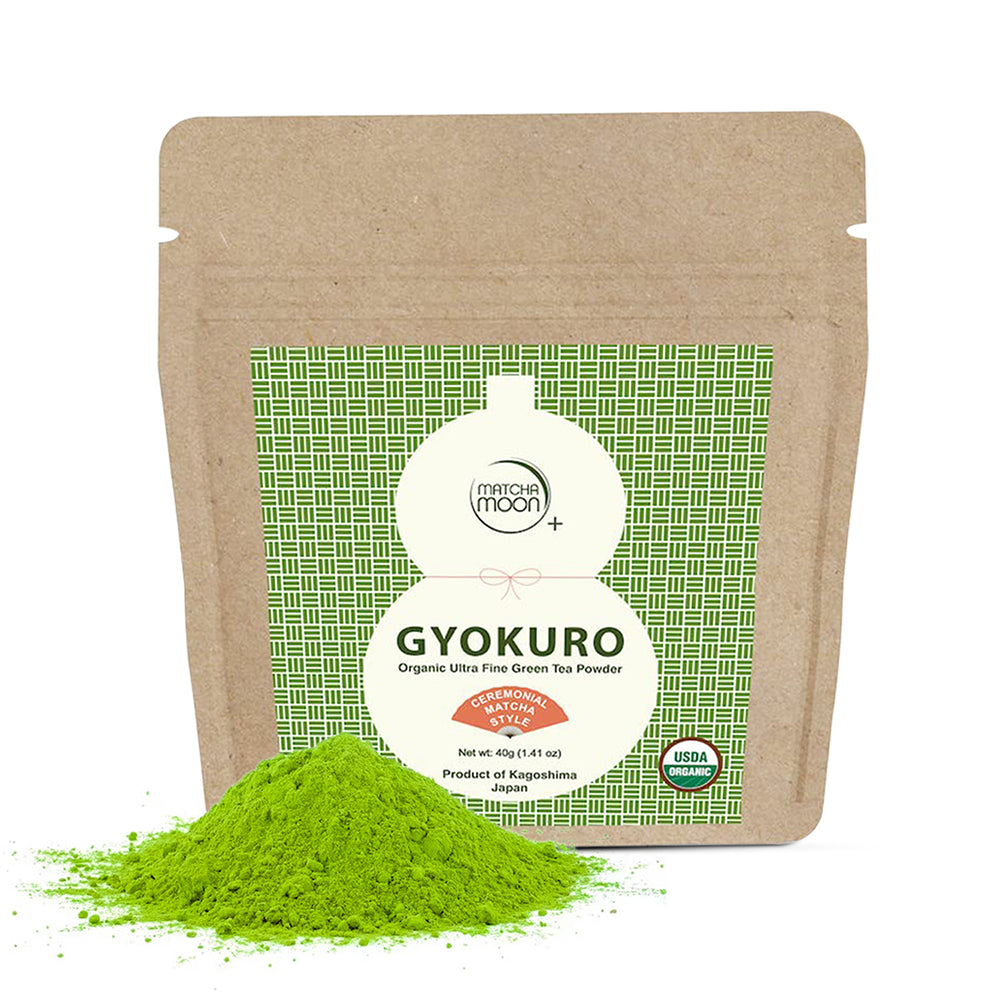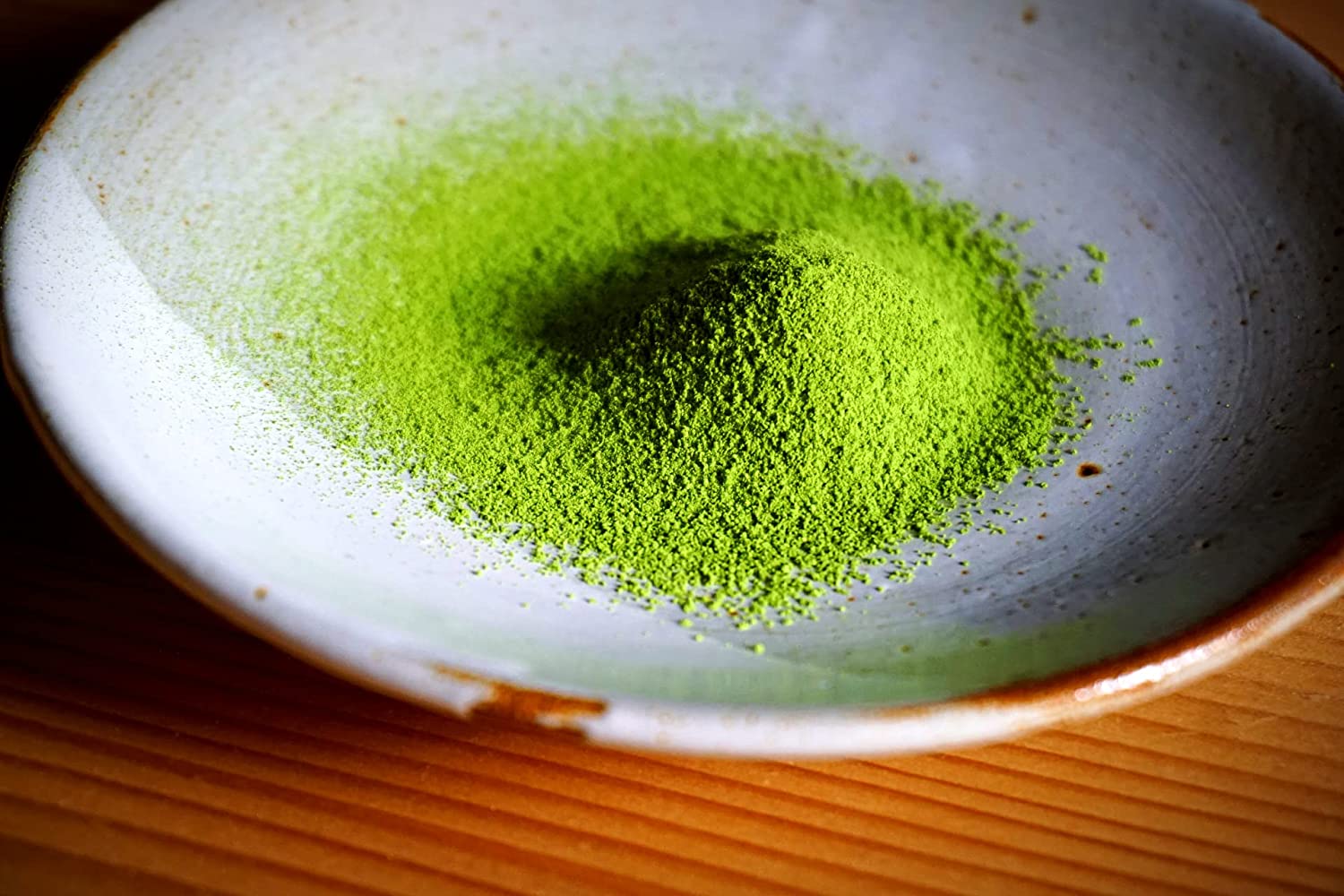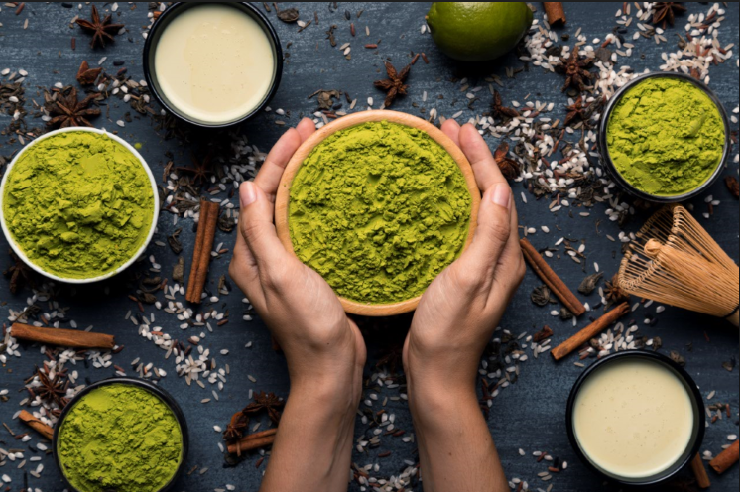
What is Matcha: Its Origin and Health Benefits

If you are a fan of coffee and tea, you've probably heard of matcha. This flavor has been growing in popularity to where even classic favorites like chocolates, cookies, biscuits, and snacks now have matcha versions.
Ever seen those deep-green-colored drinks and sweets around town? Those are probably matcha-flavored. There’s no doubt that due to its health benefits and enticing rich green color, matcha green tea powder is quickly becoming the beverage of choice for many tea and even coffee enthusiasts.
What is matcha?
Matcha is high-grade green tea processed into powdered form. What makes it unique from other types of green tea is that the Camellia sinensis tea shrubs are covered for several days before harvest to shade them from the sun.
This process super-charges the chlorophyll levels, resulting in nutrient-packed, naturally sweet green leaves.
Once picked, the leaves are steamed and air dried, and then finely stone ground into a delicate powder.
This labor-intensive grinding process enables matcha to be consumed as the entire tea leaf and thus derive 10x+ the health benefits in each cup of tea versus traditional steeped green tea.
The resulting matcha powder is then whisked into hot water to form a tasty, emerald-green tea bursting with flavor and nutrients.

The Origin of Matcha Tea
Long before teapots were invented for steeping tea leaves, early Chinese tea practitioners crushed dried tea leaves into green tea powder. They then whipped them in a bowl of hot water.
The Chinese eventually abandoned this practice in favor of steeped tea leaves. However, the Japanese embraced the whisking method and popularized it.
The production and cultivation of matcha are thought to have begun at some point during the Tang Dynasty, where tea was collected and molded into solid tea bricks for storage and efficient transportation.
During teatime, a tiny portion of the brick would be broken off, pounded into powder, and whisked with a bamboo whisk in hot water.

During the 7th to 9th centuries, Japanese monks visiting China to study Zen Buddhism brought their discovery of green tea's fantastic health and healing properties back home.
They brought tea cakes and tea seeds to their isolated monasteries and swiftly embraced the tradition of Chinese molded tea cakes and hot water whisking.
Drinking green tea each day gave the monks a healthy constitution, instant energy, and an improved mental focus during meditation. Sometimes, they even added garlic and salt to create what was considered an elixir of good health.
The first documented green tea fields were built around the monasteries in the Uji area of Japan near Kyoto — a region crucial to the origin of Matcha as the future birthplace of Matcha tea.
In the beginning of the 13th century, the monks' delicious discovery finally gained widespread attention in Japan. In 1211, Japanese monk Myōan Eisai wrote Kissa Yōjōki (Tea Good for Health), proclaiming the tea's properties as a healing remedy. Thus, the popularization of green tea in Japan is attributed to Eisai. 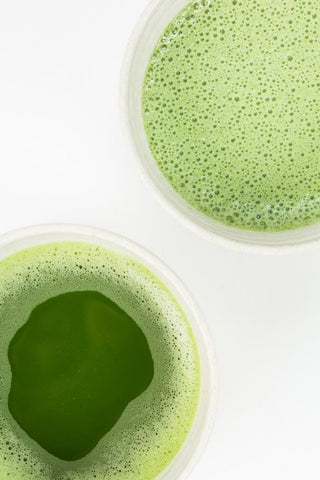
Japanese tea farmers began grinding their tea leaves under granite stones in the 14th century. By the 16th century, the famous Japanese Tea Ceremony called Chado or Sado, meaning "The Art of Tea," came into prominence.
The Tea Ceremony involved the preparation of matcha in tatami (rice straw mat) floor teahouses. Its main purpose was for hosts to provide hospitality to their guests.
More importantly, the ceremony strengthens the connection between the host and the guests, especially when the host himself prepares and serves the tea.
During the Edo period (1603-1867), matcha tea found new enthusiasts among the general Japanese population. To preserve the tea’s vibrant colors and medicinal benefits, Japanese farmers embraced an innovative new method of processing tea leaves called “tencha”.
Tencha leaves are shade-grown, steamed, and dried tea leaves used specially for matcha. Prior to harvest, the tea leaves are shaded from sunlight for up to three weeks. The harvested leaves are then steamed and dried, and finally, ground into a fine powder using stone mills called ishi isu.
Over time, matcha has gained broad cultural acceptance. It began 250 years ago when regular folks finally shared the benefits of daily matcha consumption. Today, matcha is enjoyed all over the world as traditional tea, lattes, frappes, smoothies, pastries, confectioneries, and much more.
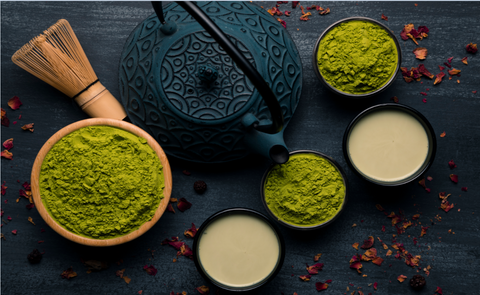
Matcha Tea Benefits
- Matcha is a 100% natural, sugar- and gluten-free, with only about 1/3 the caffeine of coffee, for a clean, gentle energy boost.
- Matcha contains L-theanine, which increases the brain's alpha wave production. Alpha waves promote relaxation and a deep sense of mental clarity.
- Matcha green tea helps strengthen the immune system. It contains a powerful catechin antioxidant called EGCg, said to help reduce inflammation and prevent chronic disease.
- Matcha green tea stimulates burning of fat as a source of energy. The catechins in green tea accelerate the thermogenic fat-burning activity of the body.
- Matcha tea is proven to have the most antioxidants among all major superfoods. As per the ORAC (Oxygen Radical Absorption Capacity) test, which assesses the antioxidant capacity in food, Matcha Green Tea boasts 1384 units per gram.
- Green tea polyphenols are also thought to be medicinal agents in well-controlled experiments that modify brain aging mechanisms. It also acts as a neuroprotective agent in advanced neurodegenerative diseases.
In conclusion, matcha has come a long way from when it was first produced by China, to when the Japanese further cultivated and improved its production, to becoming a modern cafe fan-favorite. With its health benefits, rich flavor, and aesthetic color, matcha no doubt deserves the popularity and recognition it has gained worldwide.
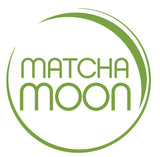
Are you ready to give matcha a try? Shop our selection of Matcha Moon premium organic matcha teas.
Don't forget to sign up for our newsletter and receive your Free Matcha Starter Guide plus 15% Off Your First Purchase!
